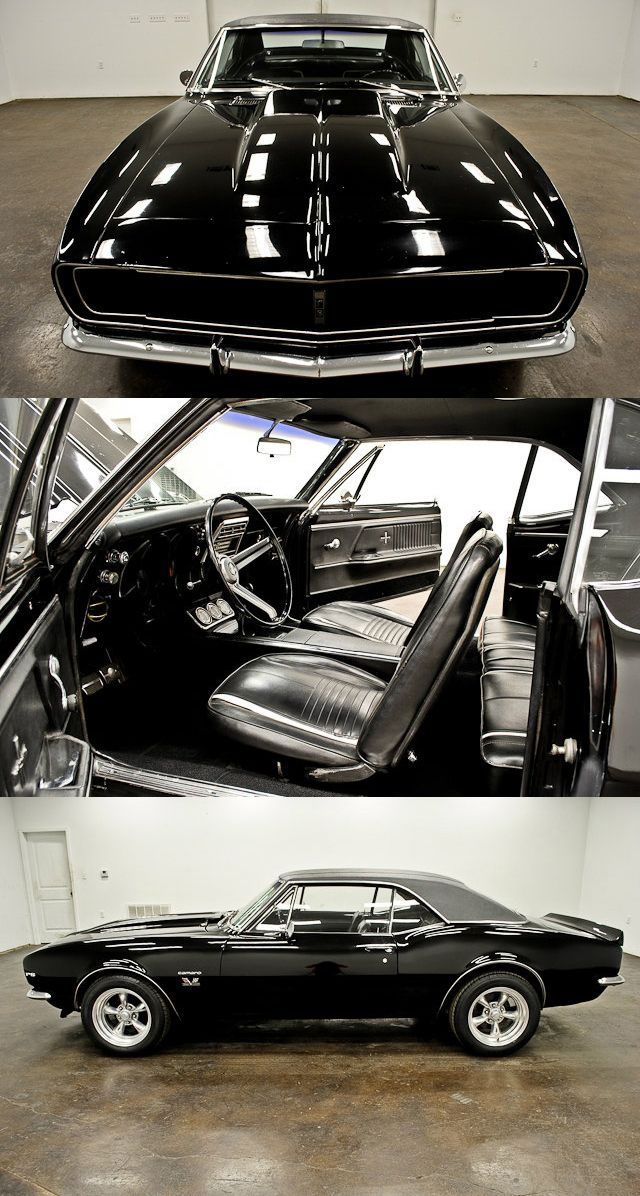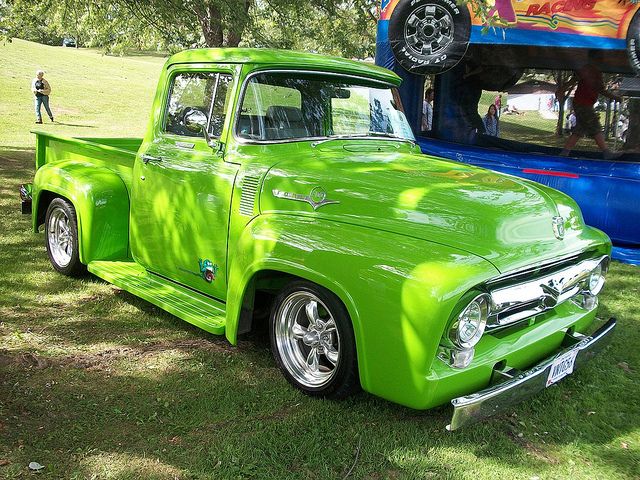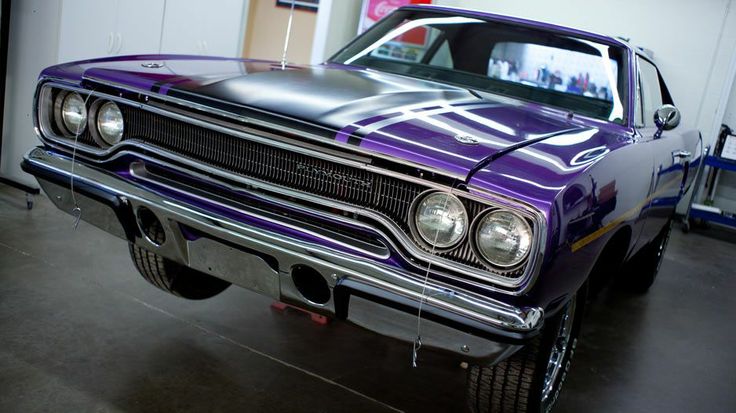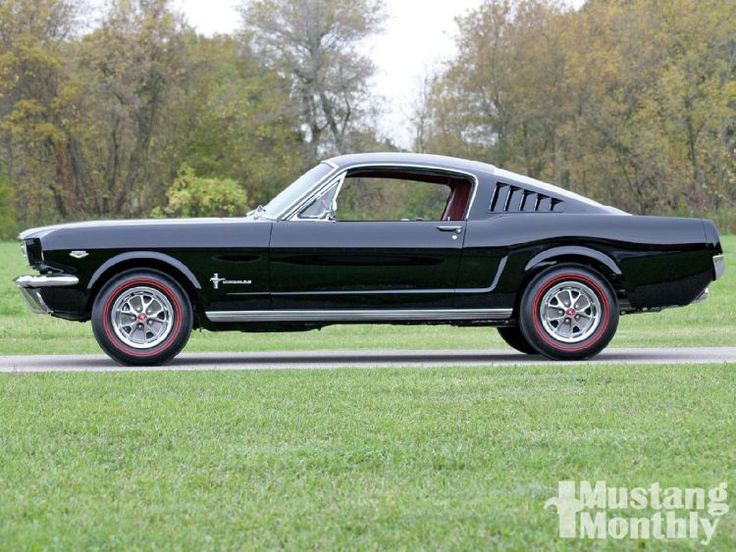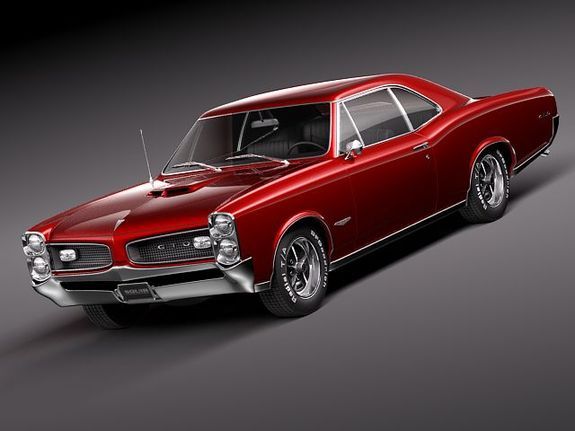Muscle cars
Muscle cars represent strictly American phenomenon which has as much legendary in its origins as in its history of development in the 1960s and eventual decay in the 1970s. The term is primarily associated with high speed, aggressive design and powerful front-mounted rear-wheel drive, high performance V8 engine. However in 1991 Chrysler introduced a revolutionary an 8-liter V10 configuration for its muscle cars.
Some specialists assert that the era of genuine muscle cars has long gone, and no contemporary mass market vehicle branded “muscle car” can constitute a real muscle car, for it would have a lot of computerized safety systems and other gadgets of the day. They judge, a true muscle car shall be dangerous, hard to handle but open for a skillful professional who would have hard times adjusting the car but still would be able to tame it. Cars that have sporty appearance and distinct traits of muscle vehicles are cited as pony cars (Chevrolet Camaro 1966, 1965 Ford Mustang).
According to many accounts, the first muscle car was the 1949 Oldsmobile Rocket 88. It was designed due to unprecedented popularity of fast and powerful cars. With the advent of NASCAR in 1950, the high speed was all the rage. Thirty ears earlier, illegal groupings engaged into clandestine alcohol sales during the Prohibition era, wanted to get faster vehicles to escape from police cars. They successfully modified them but later on, when their business became unprofitable they started using their cars for racing, which in its turn became very popular. However, soon after the tragedy at the Le Mans race in 1955 which caused the deaths of more than 70 people, the auto racing was banned, as well as its advertising of any kind. The ban was cancelled only in 1963.
The 1960s were the heydays of muscle cars. The notable event of the époque was the release of the Pontiac GTO in 1964. GTO is short for Grand Tourer Homologation, meaning that the car can participate in races. In the same year, the Ford Mustang was introduced. It had a low cost and very strong appeal, but was limited in power in comparison with muscle cars. It resulted in creation of a new commercial niche – pony cars, destined for young consumers. The Chevrolet Camaro (1968), the Plymouth Barracuda (1965) and the Dodge Challenger (1972) were one of the most known pony cars. The 1970s and the oil crisis of 1973 brought about gradual decline in muscle cars sales due to skyrocketing oil prices, let alone a new government policy on emission limits. Another blow for muscle cars was that Insurance agencies recognized high-performance cars as the unsafe ones. Consequently, buyers started changing their preferences in favor of more compact and luxurious cars.
Despite a long period of decrease in popularity, muscle cars (in the form of pony cars) sought rebirth with the release of a new Ford Mustang in 2005, which triggered the reaction of Dodge and Chevrolet to design a new generation of their precedent line of cars – Dodge Challenger (2008) and Chevrolet Camaro (fifth generation) which were successfully introduced at NASCAR series of 2010 in Daytona.
